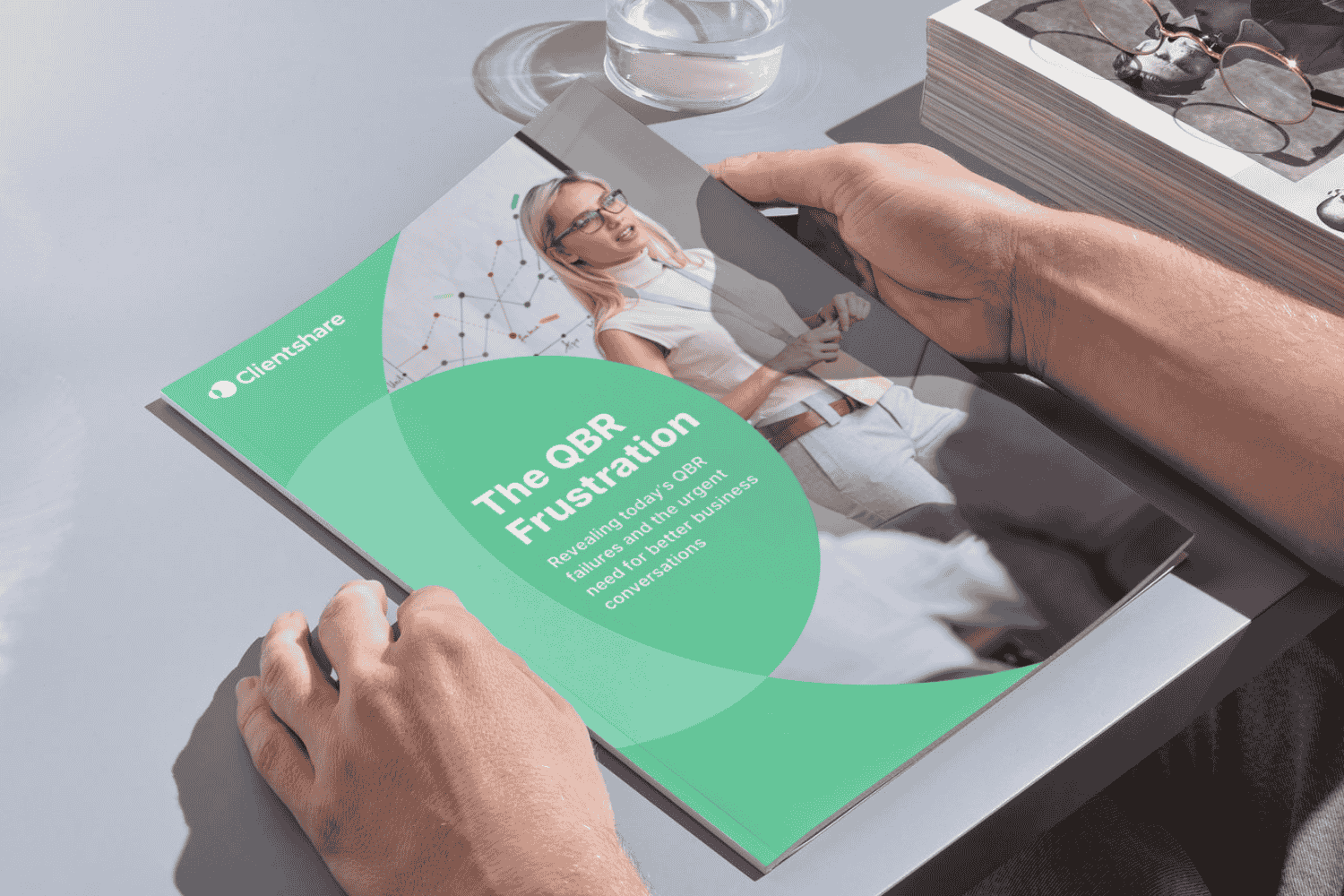Whether through speaking, the written word, or visual media, storytelling connects people and helps them understand the world around them. In a business context, applying storytelling techniques to key presentations, like your Quarterly Business Reviews (QBRs), can transform dry data and reports into engaging presentations. This approach captures stakeholders' attention and enhances the overall impact of the review.
Success stories
Consider opening your QBR by recounting the journey of one of your customers to add a personal touch. Picture a small business owner struggling to keep up with the competition when they stumble upon your product. You narrate their initial hurdles, the scepticism they first felt, and the pivotal moment that convinced them to give your solution a try. What you’ve done here is provide a context for facts and figures that would otherwise have seemed meaningless. By introducing a narrative with your client as a protagonist, you have animated the results and made them valuable for the stakeholders. By the end of the story, your audience is not just hearing about success; they are actually experiencing it.
Benefits:
-
Emotional connection: Your stakeholders are drawn into the narrative and form an emotional bond with the story.
-
Credibility & trust: Real-world success builds a sense of credibility and trust in your product. The story serves as a testament to the tangible benefits your solution can deliver.
-
Illustrates value: Instead of abstract figures, you’re presenting concrete examples of how your product creates value. Your audience will be more likely to understand and appreciate its impact.

Future-first storytelling
Envision the upcoming years where your company’s innovations are at the forefront of industry advancements. This is not the time to be shy, you’re looking to spark the imaginations of your stakeholders. Paint a vivid picture of future opportunities while anchoring your visions in the present. Mirror your projections against current trends, describe scenarios where your solutions are relevant to these advancements, and outline current challenges where your company is already making significant advances.
Benefits:
-
Inspiration: This forward-looking narrative inspires your stakeholders, making them excited about the future and your company’s role in it.
-
Alignment: By clearly articulating future scenarios, you align your team and stakeholders around a shared vision, fostering a sense of unity and common purpose.
-
Motivation: A compelling vision motivates your audience to take action, whether that’s investing in new initiatives, strengthening partnerships, or dedicating more resources to achieving these common goals.

Data-driven narratives
This is perhaps the most straightforward way of using storytelling in your presentation, and it boils down to explaining your numbers. Instead of dry statistics and charts, contextualise your data. Start with the big picture, such as a noticeable trend that’s shaping the industry, then zoom into the specifics and how this trend is reflected in your own metrics. Explain how different figures are connected, how one result influences another, and how your results over the last quarter are part of a bigger picture. This way your data is no longer just numbers, it’s a narrative that your audience can follow and understand.
Benefits:
-
Clarity: By framing data within a story, you make complex information clear and understandable, helping your stakeholders grasp key insights.
-
Insightful decisions: Your narrative helps stakeholders see the bigger picture and understand the implications of the data, leading to more informed and strategic decision-making.
-
Engagement: Transforming raw data into an engaging story captures your audience’s attention, making the information more interesting and memorable.

Final thoughts
By incorporating storytelling into your QBRs, you can transform routine presentations into narratives that will engage your audience. Customer success stories create emotional connections, future-first storytelling inspires and aligns stakeholders, and data-driven narratives provide clarity and insight.
These tactics will not only make your presentations more interesting and memorable, but will also give your stakeholders a more in-depth understanding of your results, leading to more strategic decision-making. Using storytelling tactics in your QBRs will leave a longer lasting impact on your audience.

Read more:

.jpg?width=316&height=237&name=The%20QBR%20Delusion%20-%20blog%20thumbnail%20(2).jpg)


